There is no doubt that the snack food market is one of the strongest in the food industry, as is evidenced by its increasing market value. The snack category of food used to meaning snack chips, nuts and other traditional snacks (extruded snacks, popcorn, nachos etc.). However, the snack category is currently expanding to a large number of products that often has nothing to do with what we knew as snacks.
Historically, the snacks were something that we consumed around the daily main meals and that made us feel guilty about eating too much calories. We used to tell to our children “don´t fill up on snacks” before lunch or dinner. However, consumption of snacks has become increasingly common and is no longer between meals, is the food!.
Certainly, the culture of food is in constant motion (and who said for the better?) adapting to new lifestyles (cooking less, spend more time away from home) and in this new attitude there is room enough for more varieties of products that are easy to eat, with no-needed or very little preparation needed and a size easy to take away.According to Nielsen, the nowadays picture in Spain is that 45% of consumers regularly eat a snack as an alternative to one or more meals daily. Out of this value, 52 % do it for breakfast, 43 % on luch time and 40 % at dinner moment.
But consumes become more aware of nutritional values and claim for snacks to be healthy (or make us feel less guilty of eating out of the three-meals patron …) and to provide some health benefit. This is driving the food industry to spread the wings of innovation and create all kind of products rich in nutrients (proteins, vitamins, minerals, etc), fresh (or minimally processed, but packaged and ready to use), products high-density, low-glycemic index, low sugar, salt and fat among others. Here is a small sample of what is already in the market and what is coming soon:
Cereals, pulses, vegetables and fruits. The healthy snack category
The perception of the snack as something unhealthy and loaded with calories fades with launched products to cover this category. We found a wide variety of dehydrated fruits and vegetables (whether or not coated and with more or less sugar content), cereals of all shapes and colors, but mostly whole grains, either alone or mixed with goji berries, berries or dry fruits. Very present, the so-called “ancient grains” (chia, sorghum, quinoa, millet ..) cooked and ready to eat in bars or expanded products. Probiotics have migrated and are no longer in yogurt .
Now they are provided by fermented vegetable, or cereals, proteins, rice and chia with probiotic cultures. There is also a great tendency to germination process: cereal flour and sprouted legumes that are attributed interesting nutritional properties and are considered more easily digestible. And undoubtedly coming hard, combinations of cereals and vegetables or fruits and vegetables that add flavor, color and above all … nutrients, especially vitamins A, C E and D.
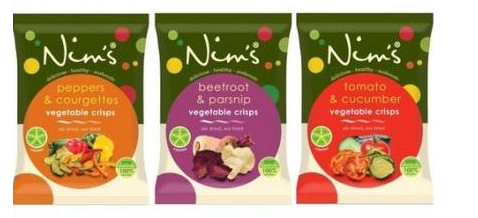
Dehydrated fruit and vegetable snacks
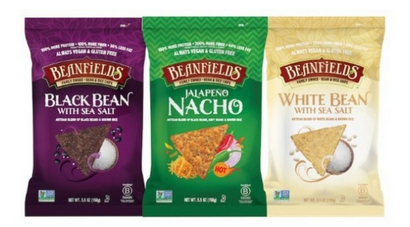
Pulses (white bean and pinto beans and lentils) and germinated cereals snacks
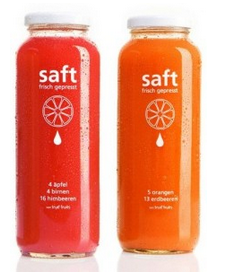
Fruit smoothies
Proteins: the meat snacks
Considering meat and fish as a protein source, different types of snacks and even innovation formats for consumption processed meat products are arising. Some examples are shavings of ham or corned beef, the so-called jerkies (dehydrated or marinated meat), seasoned with all kinds of spices and aromas.

Seasoned jerkies
And coming to snack market: meat sticks or bars. High protein content, veal, lamb, pork, bison… or insects.

Beef and vegetable and insect flour bars
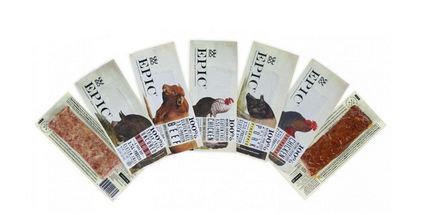
Beef, chicken, pig, turkey, salmon or…bison bars
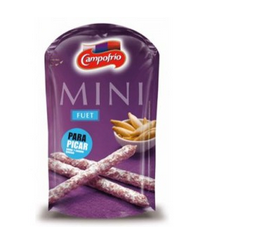
One size cured meat product
The dairy snack market
The dairy snack development is mainly focused on children. Thus, we find a wide variety of packaging formats such pouch or bag to take away. Healthy solutions for children through the development of dairy sticks (e.g. with the calcium content equivalent to a glass of milk, rich in protein and low in calories) but above all, innovation in the packaging presentation: single dose or ready for consumption, mainly at school break or at the playground time.
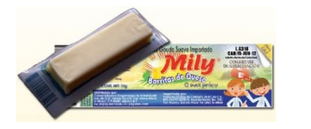
Small formats for cheese
It is very clear that the snack development offers great opportunities and there are many companies who see in the snackification an opportunity to develop a palatable, healthy and ready to eat between meals or as a meal. Of course, according to the consumer criteria of what they percive as healthy, sustainable and what they are willing to pay for it. Of course, a reflection exercise must be done by the food industry to combine all these keys and consider that innovation happens largely by new or unusually ingredients and new production processes or technologies.
- A better life and a better future; right to foods - 16 October 2024
- Food reformulation; a step forward, that it is possible - 21 May 2024
- World Food Day; with soul of water - 16 October 2023

